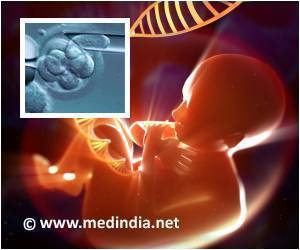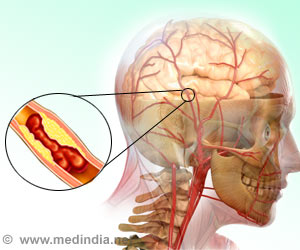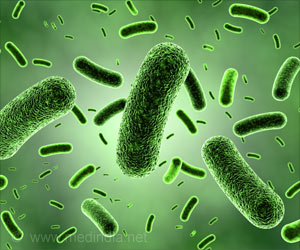
It would enable doctors to detect the lowest ever concentrations of telltale markers than was previously practical, the journals Nanotechnology and Analytical Chemistry reported.
Simply stated, the immunoassay would require three million times fewer biomarkers to be present compared to an existing conventional immunoassay.
"This advance opens many new and exciting opportunities for immunoassays and other detectors, as well as in disease early detection and treatment," said Stephen Chou, professor of engineering at Princeton, who led the research team.
"Furthermore, the new assay is very easy to use, since for the person conducting the test, there will be no difference from the old one - they do the procedure in exactly the same way," added Chou, according to a university statement.
When biomarkers are present in samples, such as those taken from humans, the immunoassay test produces a fluorescent glow (light) that can be measured in a lab. The greater the glow, the more of the biomarker is present.
Advertisement
Princeton University researchers tackled this limitation by using nanotechnology to greatly amplify the faint fluorescence from a sample.
Advertisement
That is, the enhanced immunoassay would require three million times fewer biomarkers to be present compared to a conventional immunoassay.
Source-IANS









